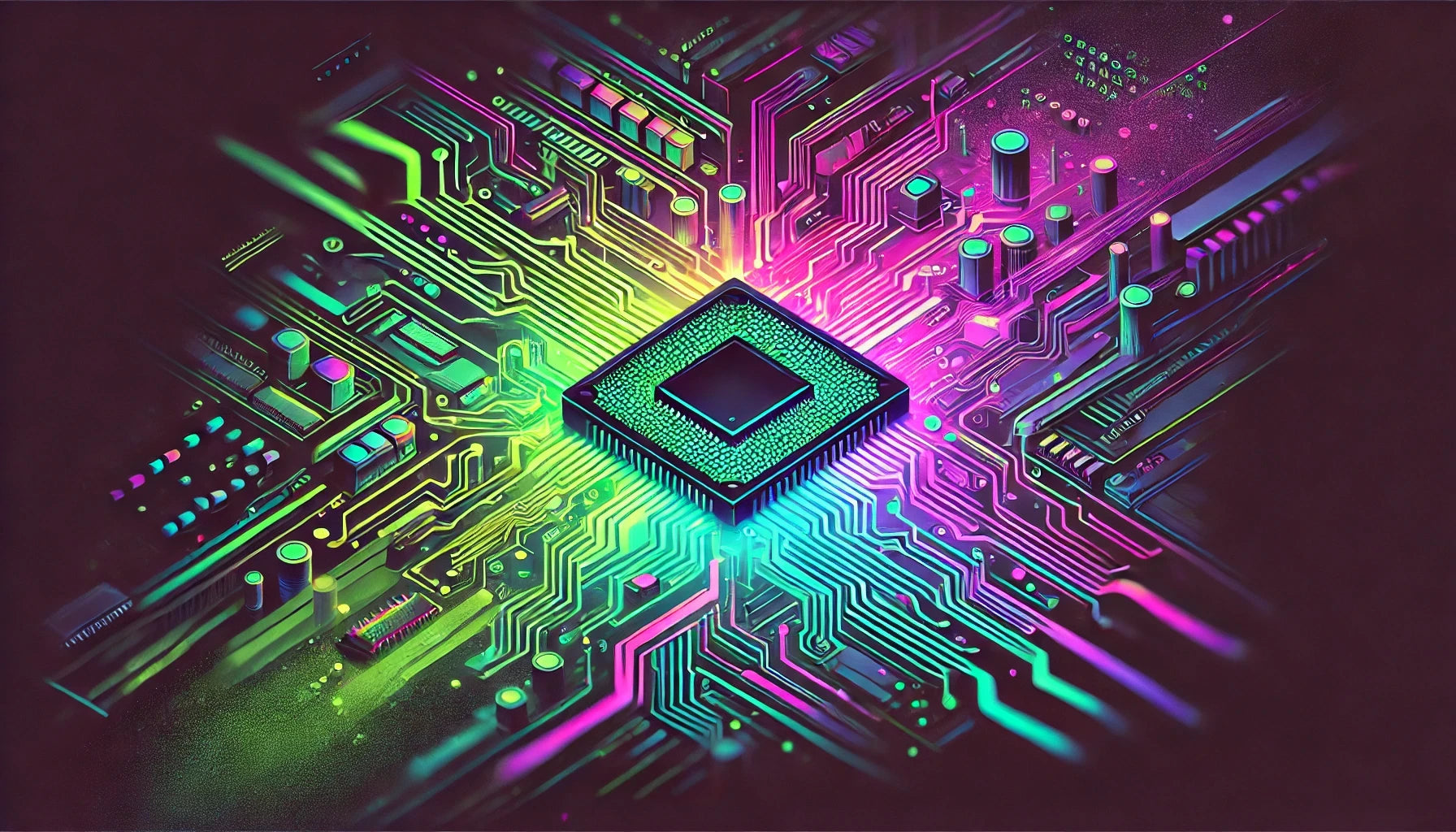Supported Device Families
- The IAR Embedded Workbench supports a variety of microcontroller families, offering comprehensive tools for different architectures.
Arm Cortex-M
- Support is offered for Arm Cortex-M0, M0+, M1, M3, M4, M7, M23, and M33 processors, enabling development across most Cortex models.
Arm Cortex-R
- Includes support for the Cortex-R4 and Cortex-R5 families, ensuring developers can work on robust, real-time applications.
Microchip AVR
- Covers a wide range of AVR microcontrollers, essential for various embedded applications from simple to complex systems.
Microchip AVR32
- Enables development on the AVR32 architecture, providing support for high-performance embedded systems.
Renesas RX Family
- Support for the RX family ensures comprehensive tools for high-performance, low-power embedded systems from Renesas.
Renesas RL78 Family
- Designed for low-power and cost-sensitive applications, allowing development on the RL78 family of microcontrollers.
Renesas RH850 Family
- Perfect for automotive applications, offering robust and high-performance options for the RH850 series.
MSP430
- Comprehensive support for the MSP430 family, suitable for ultra-low-power applications in IoT and sensor devices.
RISC-V
- Provides support for the open RISC-V architecture, catering to customizable and innovative embedded solutions.
Additional Devices
- Also supports various proprietary processor architectures and DSPs, expanding the tool's applicability across various specialized projects.


























